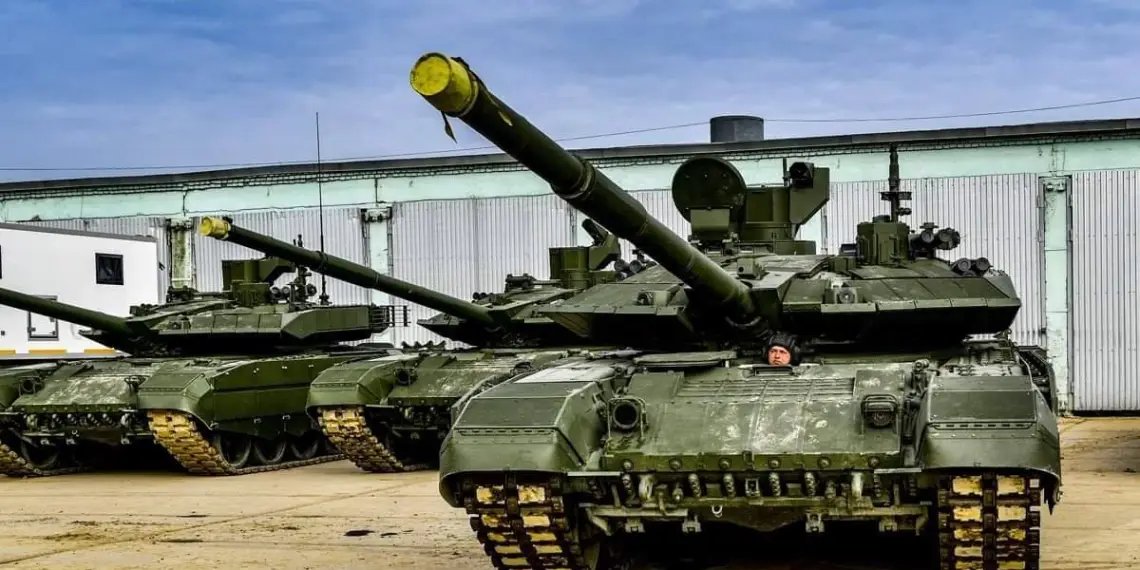The first 2S35 Koalitsiya-SV howitzers have been delivered for trials according to TASS: bmpd.livejournal.com/4035026.html If the capabilities of this SPH are as claimed it will become the most capable system in service once accepted. A true monster of an artillery piece. 

https://twitter.com/JonHawkes275/status/1158305802979033088?s=20Here is some info from @JonHawkes275 #AFVaday thing from last year. There is a lot more to a vehicle than it’s tech details, it is the totality of the battlefield that matters. But the Russian recce assets are good, and the doctrine around arty frightening
And that together with the 2S35s technical details will make it a thing to be respected and accounted for.
• • •
Missing some Tweet in this thread? You can try to
force a refresh
















